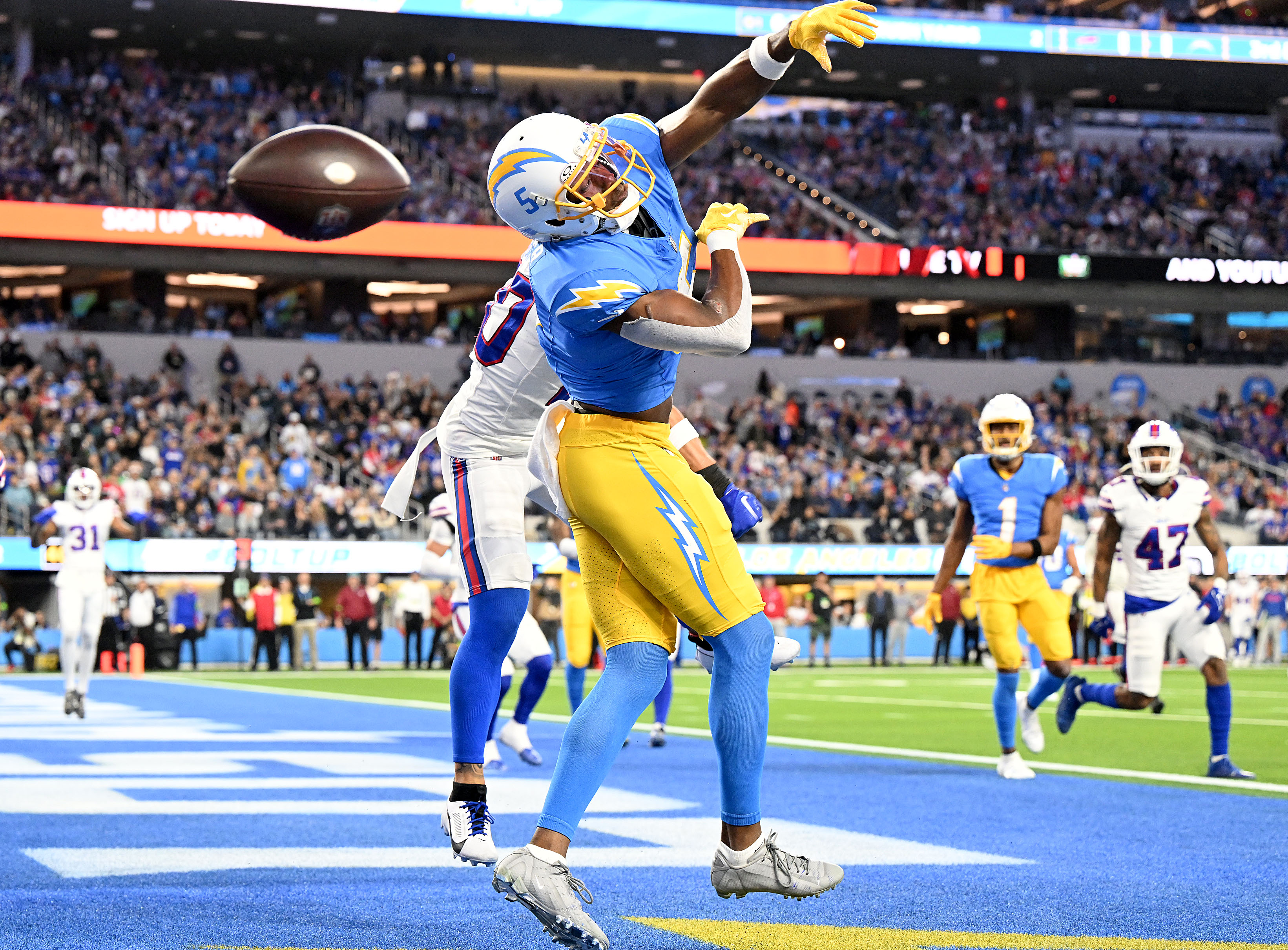
On Dec. 23, while streaming its first exclusive presentation of an NFL game, Peacock delivered the decisive fourth quarter of the Buffalo Bills' 24-22 win over the Los Angeles Chargers sans commercials.

There is much that will be written in the ensuing years about the folly of making fans chase all over the internet to find the games they want to watch, but for now, let’s just focus on the folly of eliminating ads during sporting events.
There are a number of reasons why live sports, especially live sports of the uniquely American variety, are so well suited for commercials.
Let’s start with the massive amount of downtime per game.
As any NBA fan knows, the last five minutes of the fourth quarter can easily take 15 to 20 minutes to play out. There are time-outs. And fouls. And more fouls. And disputes about the fouls. NFL games are only slightly less interruptive, especially in a close game where coaches are going to insist that every somewhat close first down be measured, every vaguely contentious forward pass be reviewed for possible pass interference. And so on.
This is where the long-suffering fan begins to appreciate the beauty of the commercial break.
Not only does it provide them with a chance to quickly visit the bathroom or the kitchen, it also spares them from having to listen to the announcers rehash the contested first down for two more minutes.
This last bit is key.
While it is possible for the announcing team to craft a broader narrative that they return to during the filler periods, say a history of the two teams’ rivalry over the decades, or a deeper profile into the lives of the opposing quarterbacks, that is only going to feel like a different kind of commercial for most viewers.
Not to mention that it’s during the fourth quarter, the time when all of those delaying tactics are most likely to be deployed.
This is not to mention the time when, especially if it is a close game, more viewers are likely to be paying attention.
So there is all that, and then there is the missed opportunity for advertisers to reach a certain type of fan they cannot reach elsewhere.
We’ve been calling this the "15,000 merits viewer," after the eponymous Black Mirror episode about a world where people of means could buy their way out of seeing all-encompassing “immersive” advertising by paying with “merits”, the currency of the episode’s fictional realm.
Back here on Earth though, it doesn’t work all that differently.
Viewers with discretionary income can easily spend a couple of hundred extra dollars a year to get the ad-free versions of all the streaming services they subscribe to.
The more tech-savvy ones likely have ad blockers installed on all their browsers as well -- meaning that one of the only places an advertiser can reach these highly educated, high net worth consumers is during a live sporting event.
Granted, NBCU is giving advertisers the opportunity to reach these viewers during the first four quarters.
But as these things often go, someone else is going to come along and try to outdo Peacock by offering to show the last half of the game without ads. From which it is just a short stroll on to someone else offering the last three quarters ad-free, and then, ultimately, the entire game.
Commercials work well within sporting events, because viewers get that they are not interruptive — that the game has been halted and nothing is happening while they watch the commercial. They give viewers a chance to do something other than just sit on the couch for two or three straight hours. (Got to remember that one — there are actual health benefits to having ads during sporting events.)
This synergy is one reason why ads on the Super Bowl have become a thing: Yes it is a big game and many people have money riding on it, or, at the very least, pride. But the ads only seem to add to the spectacle of the game itself, and actually force advertisers to buck the current trend and focus on actually being creative.
Imagine that.
Finally, given that streaming allows for greater use of data- and contextual-based targeting, the ads the fans actually do see should be at least somewhat relevant to them, giving them a leg up on more announcer blather.







